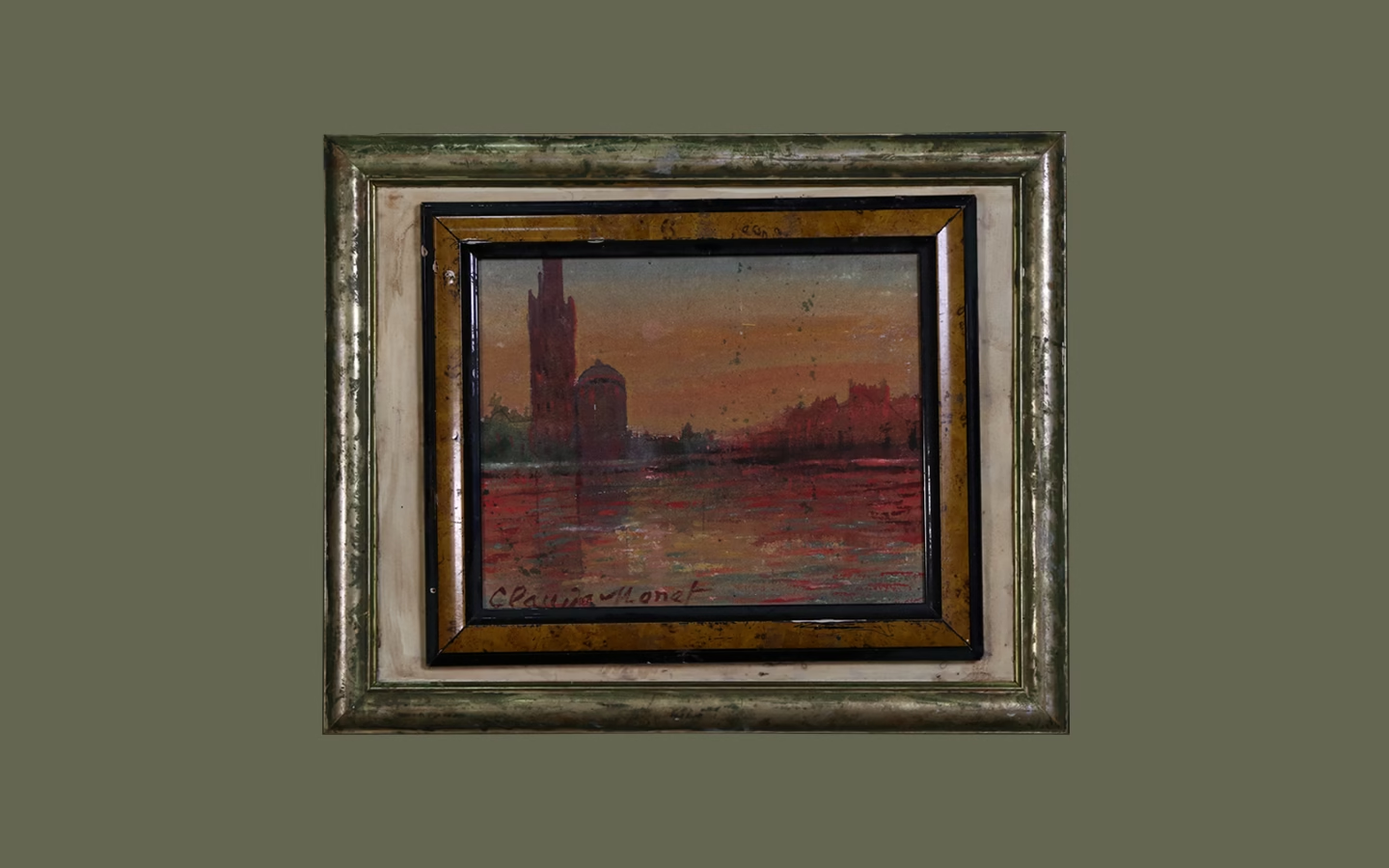CLAUDE MONET (1840-1926)
Immerse yourself in the serene landscapes of Claude Monet
Claude Monet Biography
----------
Claude Monet, a foundational figure in the Impressionist movement, is celebrated for his revolutionary approach to capturing light and color in the natural world. Born on November 14, 1840, in Paris, France, Monet grew up in Le Havre, where his early exposure to the vibrant landscapes of Normandy would deeply influence his artistic vision. His fascination with the interplay of light and atmosphere prompted him to explore new techniques, ultimately leading to the development of Impressionism—a style characterized by loose brushwork, vibrant color palettes, and an emphasis on the fleeting qualities of light.
Monet’s artistic journey began with traditional training at the Académie Suisse in Paris, where he met fellow artists who would become key figures in the Impressionist movement, including Pierre-Auguste Renoir and Camille Pissarro. The name "Impressionism" itself is derived from Monet’s painting "Impression, Sunrise" (1872), which captures the port of Le Havre at dawn. The work's innovative use of brushstroke and color, rather than detailed representation, signaled a radical departure from the realism that dominated the art world of the time.
Throughout his prolific career, Monet remained dedicated to depicting the nuances of nature. His iconic series of paintings, such as those of water lilies, haystacks, and the Rouen Cathedral, showcase his obsession with light and its effects on color and form at different times of day and seasons. Monet often painted en plein air, or outdoors, allowing him to observe and capture the changing qualities of light and atmosphere directly.
In addition to his technical innovations, Monet's work reflects a profound appreciation for nature. His garden at Giverny, which he meticulously cultivated, became both a source of inspiration and a central subject of his later works. The tranquil beauty of his water lily pond, Japanese bridge, and lush gardens are celebrated for their ability to evoke emotion and invite viewers into a serene, almost dreamlike world.
Despite facing criticism and rejection early in his career, Monet’s relentless pursuit of his artistic vision eventually garnered recognition and acclaim. His contributions to the art world not only helped redefine the boundaries of painting but also paved the way for future movements, including Post-Impressionism and Modernism. Monet passed away on December 5, 1926, leaving behind a rich legacy that continues to resonate with artists and art lovers alike.
Today, Monet’s masterpieces are held in prestigious museums around the globe, admired for their beauty, emotional depth, and innovative techniques. His ability to capture the ephemeral nature of light and color serves as a reminder of the transient beauty of the world around us, inviting us to pause, observe, and appreciate the fleeting moments that shape our experience of nature. Through his enduring legacy, Claude Monet remains a symbol of artistic exploration and the profound connection between art and the natural world.

